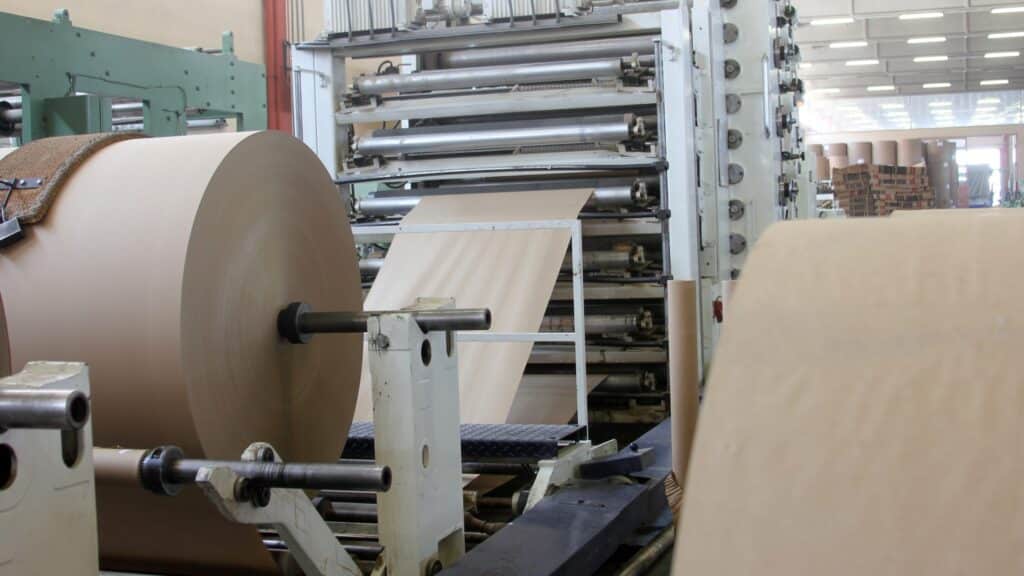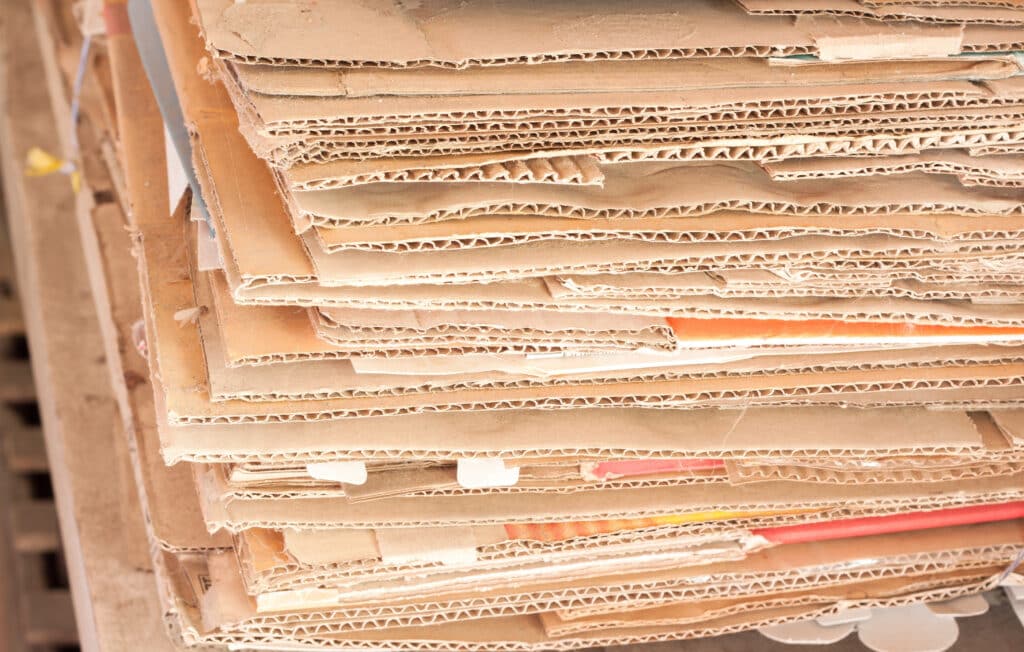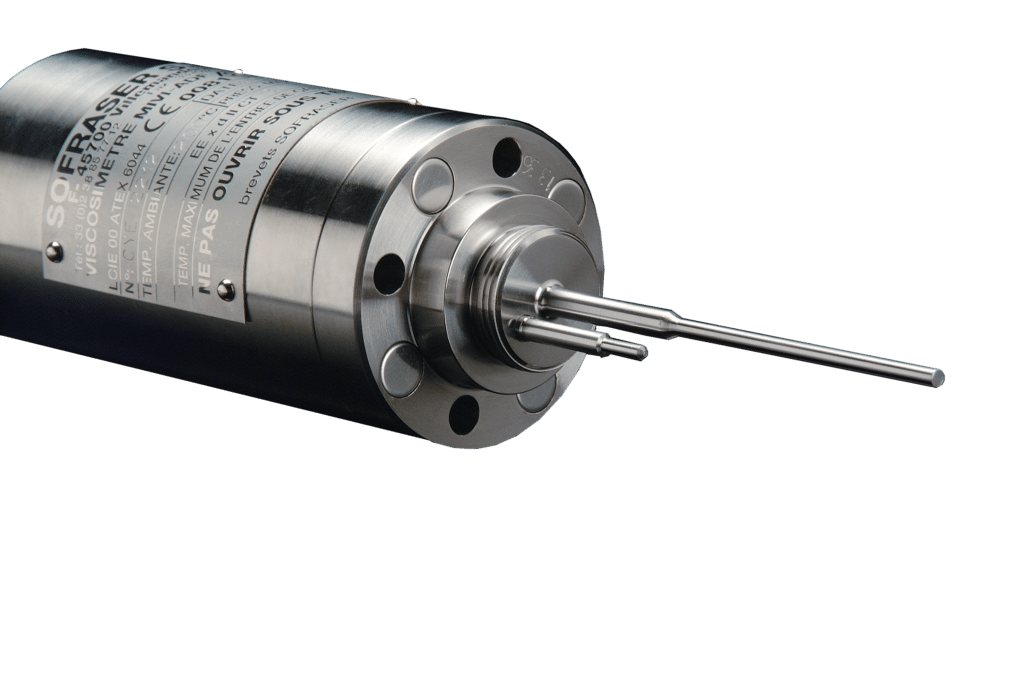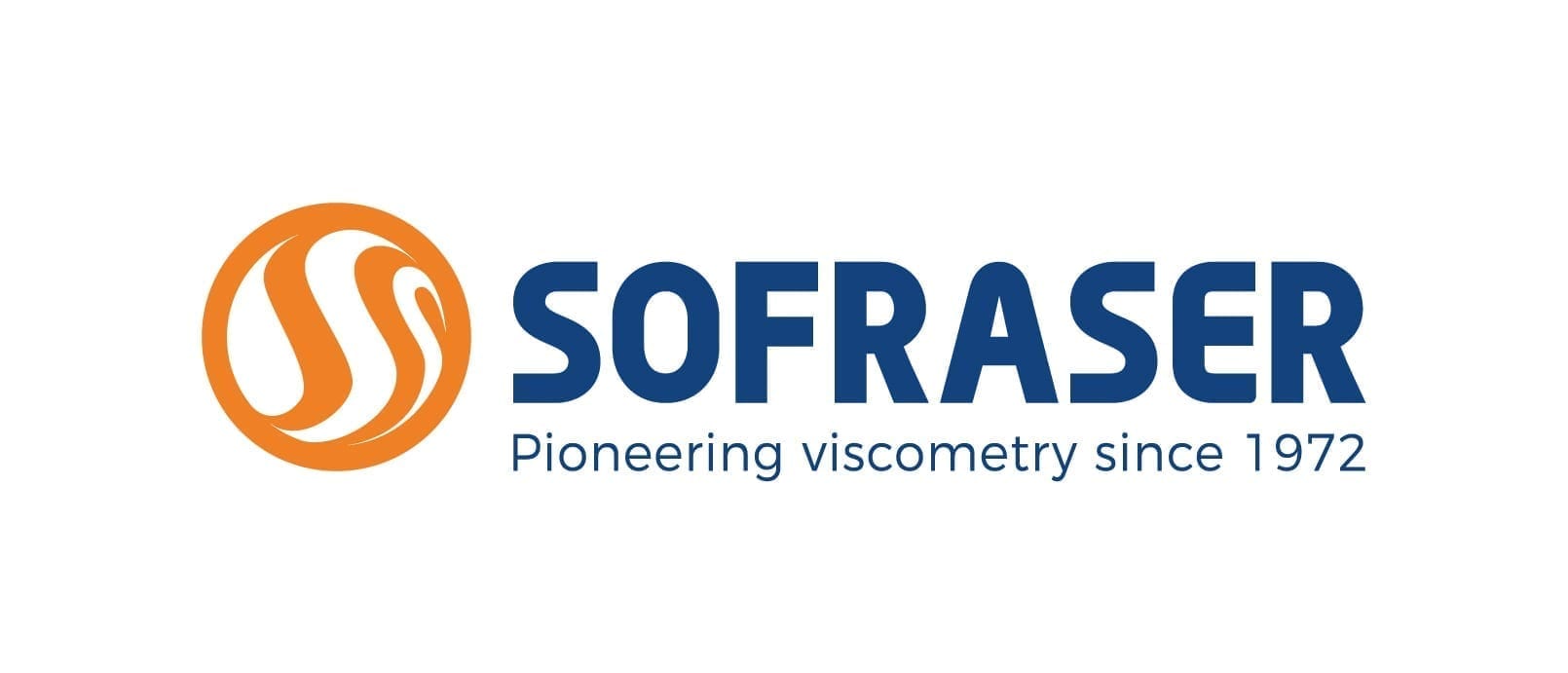Viscosity in starch glue manufacturing

Usage of starch glue
Starch glue is principally used for bonding paper products. Most corrugated boxboard for making cartons is bonded with starch based adhesives; starch adhesives are readily available, low in cost, and easy to apply from water dispersion.
Since these adhesives cure to a thermosetting structure, they have excellent heat resistance. Other significant advantages are their very slow curing rate allowing ample assembly time and that they are non-toxic and biodegradable.
The control of the adhesives viscosity at the end of the preparation and during application is critical.

Challenges faced by the industry
For the production of corrugated cardboard, glue application systems must allow a perfect centring of the adhesive deposited on top of the groove and fit accurately the quantities of adhesives necessary and sufficient for each type of board manufactured.
Furthermore the viscosity of the adhesive is critical. When the viscosity is too low, this results in imperfections and can cause projections and/or burrs.
In addition, the rheological behaviour of the starch glues is complex. It is mainly pseudo plastic and thixotropic and the non-Newtonian behaviour can be quantitatively significantly different between the two products. This requires to master the conditions of viscosity measurement.

Sofraser’s solution for starch glue viscosity control
Thanks to its flexibility, the installation of a MIVI sensor on the production line or in storage tank or on starch glue kitchen provides continuous and stable viscosity values during the laying of the adhesive. The MIVI viscometer and associated electronics guarantee zero default in viscosity deposit. This sensor is repeatable and reliable for permanent efficiency.
It is an easy to use and to install solution with a wide variety of mountings and positions available. The plus? No maintenance required.



